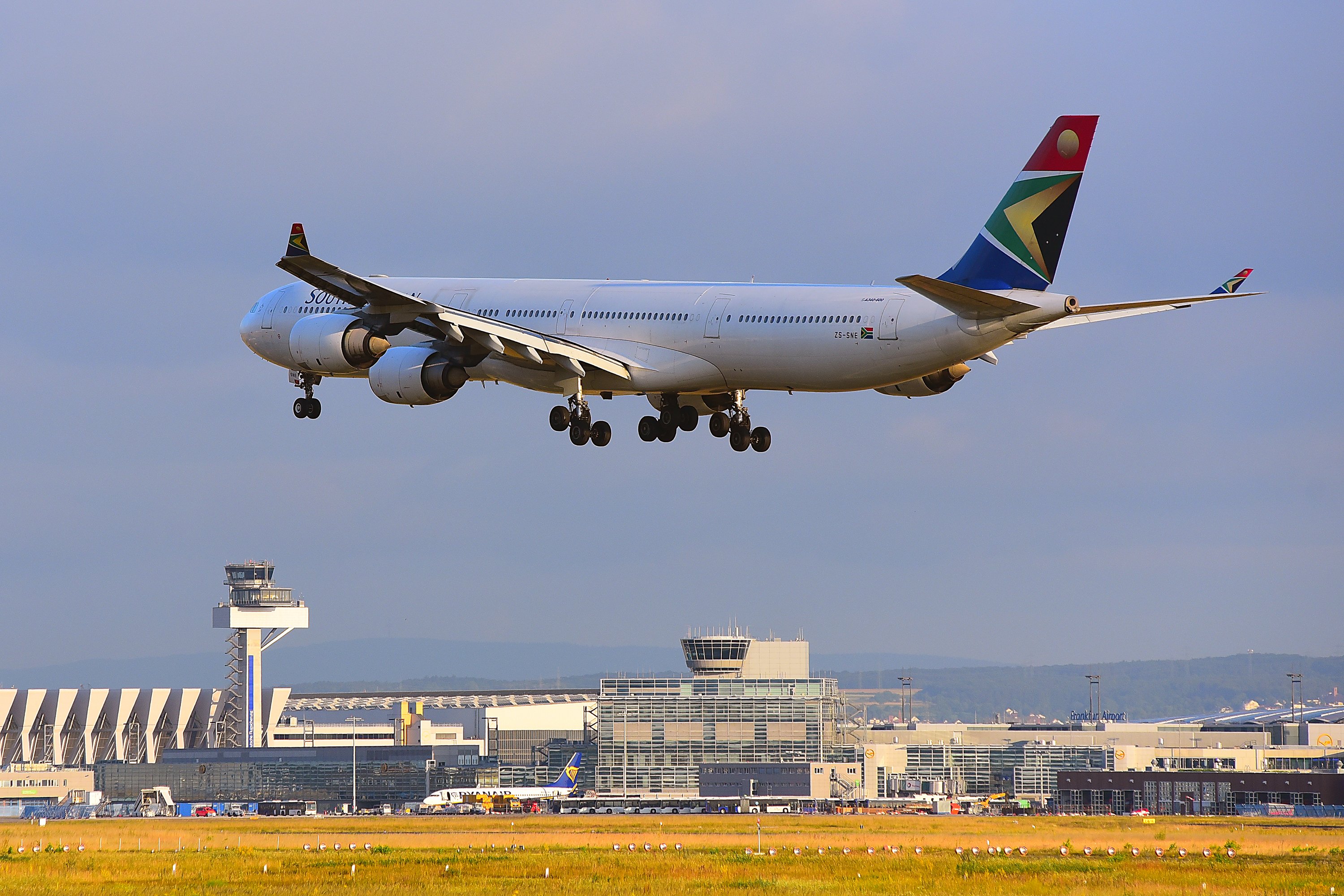Air traffic on the continent is recovering faster than other regions around the world despite a devastating second wave, according to the African Airlines Association (AFRAA).
While a sharp increase in Covid-19 cases in several more developed markets has sparked a return to lockdowns, most African countries have kept their borders open, even as the continent suffers from a second wave and a death rate above the global average.
South Africa returned to stricter lockdowns after being hit by a more transmissible strain of the virus which has spread to at least three other African nations.
Despite mounting concern over the severity of the second wave, travel within the region has continued at a reduced rate.
“The demand remains high and we have seen that intra-Africa traffic is starting to recover at an even quicker rate than other regions in the world,” says Abderahmane Berthé, AFRAA secretary general.
Domestic markets have been at the forefront of this recovery as local flights take up an increasing share of overall air travel.
From January to November, domestic travel in Africa accounted for 43.7% of total capacity and 52.8% of total traffic, says Berthé.
Europe’s aviation industry is feeling the burden of the coronavirus crisis more severely than other region, with seat capacity down by 55% this year, a rate that is worse than in any other region.
While large festive celebrations were impossible for many European and North American families over Christmas, Africans continued to travel within the region during the same period.
However, international flights remain far below pre-pandemic levels, while at the same time showing a slight recovery.
In January, AFRAA recorded that African airlines had resumed 68.4% of international routes, while passenger numbers were around 50% less than before 2020.
In just one example of reduced routes, Kenya Airways (KQ) announced last week that it would temporarily suspend flights to Amsterdam and France due to “depressed demand”.
Despite a faster pace of recovery, industry losses have mounted to $10.4bn in January, according to AFRAA.
“Most African airlines were losing money even before the pandemic,” says Berthé.
“Most of them risk going bankrupt if adequate support is not given as soon as possible.”
The African Union had proposed $25bn to bailout struggling African carriers last year.
Berthé says that this money has been “very slow” to materialise though he hopes it will be secured during the first quarter of this year.
Dampening the sector’s outlook further, western countries have slapped travel restrictions on passengers coming through or from African countries.
On Tuesday, the White House imposed a new travel ban on South Africa over its virus variant.
Earlier in January, the UK banned passengers coming from or via any southern African country in the last 10 days, including Namibia, Zimbabwe, Botswana, Eswatini, Zambia, Malawi, Lesotho, Mozambique and Angola – as well as Seychelles and Mauritius.
With the continent’s inadequate healthcare infrastructure unable to support a comprehensive vaccine rollout, Africa’s aviation recovery will likely be short-lived if cases rise rapidly and South Africa’s virus variant becomes more widespread.
Want to continue reading? Subscribe today.
You've read all your free articles for this month! Subscribe now to enjoy full access to our content.
Digital Monthly
£8.00 / month
Receive full unlimited access to our articles, opinions, podcasts and more.
Digital Yearly
£70.00 / year
Our best value offer - save £26 and gain access to all of our digital content for an entire year!
 Sign in with Google
Sign in with Google 



